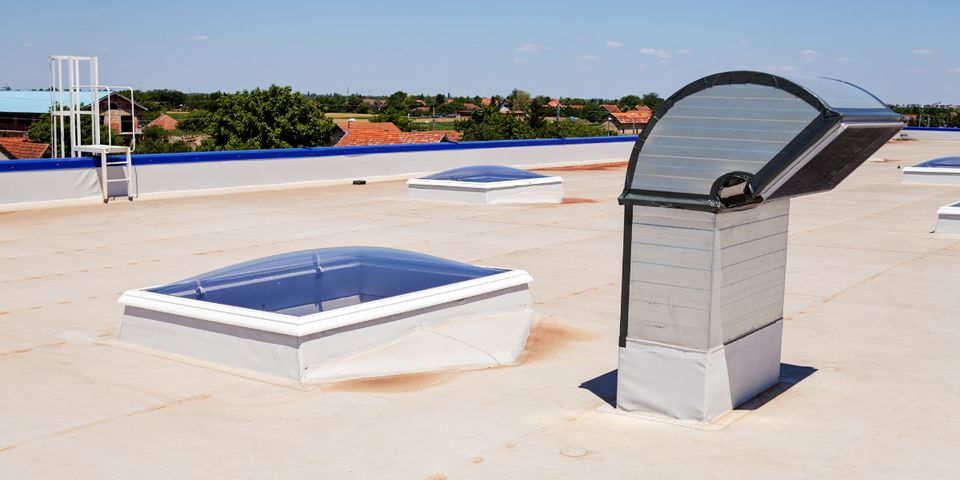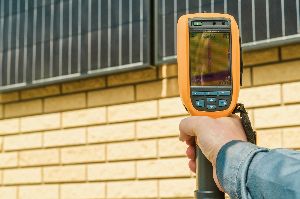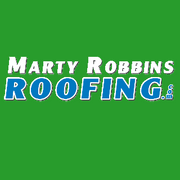
Leaks are a threat to your commercial roofing system. Moisture that penetrates the membrane can deteriorate substrate materials and cause water and air to seep inside the building. With advancements in technology, roofing contractors can use infrared roof scans to detect moisture and interior leak issues that need to be addressed. The following guide explains how infrared scans work and their benefits.
What They Do
Commercial roofing systems are often flat to accommodate industrial air conditioners and other utility equipment. When the waterproofing layer of the membrane is damaged, rainwater can seep into the vulnerable areas. An infrared roof scan can pinpoint the areas where water is trapped.

During the day, the roof absorbs heat energy radiated from the sun. At night, wet areas take longer to release the stored radiant heat away from the house. The scanner can see the areas with heat buildup, indicating moisture problems within the roof.
The Benefits
Roofers use moisture-probing meters and other non-invasive tools to identify water problems. This eliminates the need to tear up portions of the roof to obtain samples for testing, which could be a noisy process that interrupts the workday.
When caught in the early stages, technicians can take steps to correct the minor issue before it becomes a major problem. This could help save your business money by reducing the need for frequent roof repairs down the line. Additionally, when moisture problems are fixed, your heating and cooling systems will run more efficiently, leading to lower energy costs.
To find out whether your roof has a trapped moisture problem, reach out to Marty Robbins Roofing Co. in Dothan, AL. Their technicians are committed to providing maintenance and repairs to extend the life of clients' commercial roofing systems. View photos of previous projects on their website, and call (334) 794-8120 to request a service quote.
About the Business
Have a question? Ask the experts!
Send your question

